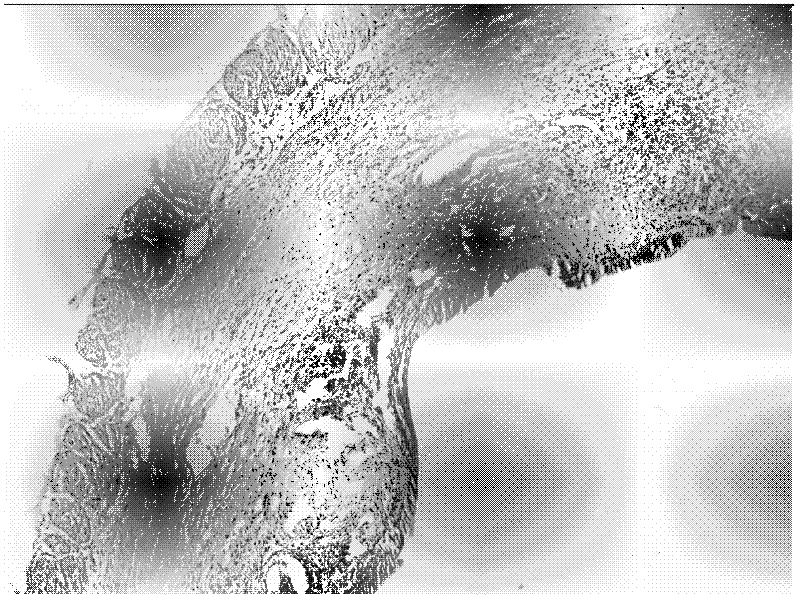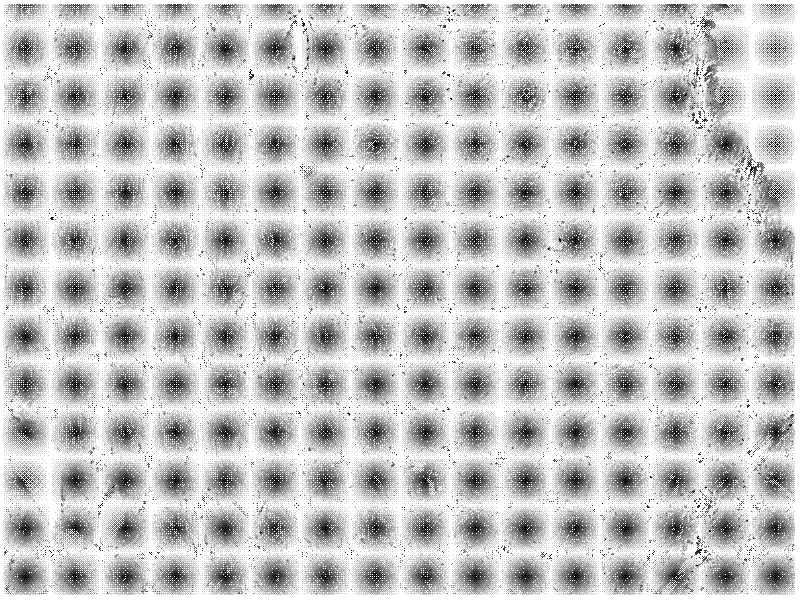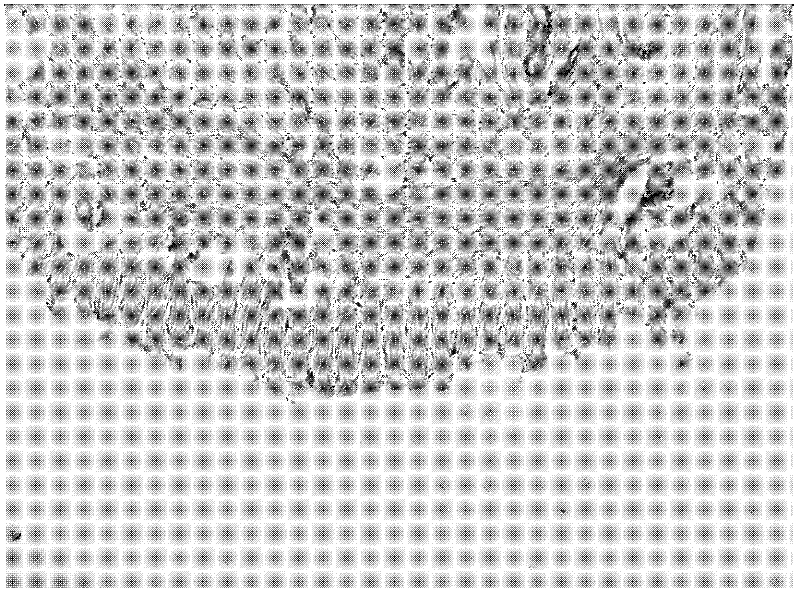Anti-tumor effective part of traditional Chinese medicine lespedeza as well as preparation method and application thereof
A technology of effective parts and twigs, applied to the effective antitumor parts of traditional Chinese medicine twigs and the fields of preparation and use thereof, can solve problems such as the research and application of anti-tumor effects of twigs that have not yet been seen
- Summary
- Abstract
- Description
- Claims
- Application Information
AI Technical Summary
Problems solved by technology
Method used
Image
Examples
Embodiment 1
[0020] The preparation method of each effective part of Huzhizi:
[0021] The roots of the branches of Erudendron edulis were extracted 4 times with 50-80% ethanol solution in mass percent concentration, each time for 1.5 hours, and the extracts were combined to obtain F. After the ethanol is recovered, the aqueous solution is left to settle and precipitated. After the precipitation is complete, it is centrifuged to obtain the effective part A of the precipitate. The aqueous solution after centrifugation is extracted with ethyl acetate to obtain the effective part B; then extracted with n-butanol to obtain the effective part C; the remaining aqueous solution is concentrated and dried Get the effective part D.
Embodiment 2
[0023] Anti-blood tumor experiment:
[0024] Its representative experiment is that different effective fractions of Rhododendron chinensis inhibit the growth of T lymphoma EL-4 cells in mice. The method is aseptic subcutaneous inoculation of EL-4 cells in the right armpit of C57BL / 6 mice. After the EL-4 cells are stably passaged in the mice, the tumor tissue is subcutaneously removed from the axilla under aseptic conditions. A tumor cell suspension was made, and 0.2 mL of the above tumor cell suspension was inoculated subcutaneously in the right armpit of C57BL / 6 mice. The inoculated tumor-forming mice were randomly divided into groups, and the effective parts of the extracts of Prunus chinensis were given to groups A, B, C and D by intragastric administration, respectively, at the doses of 0.7, 0.18, 0.28, and 0.95 g / kg, and the administration was continued for 30 days. The tumor inhibition rate of the mice in the drug group. The results are shown in Table 1. Different effe...
Embodiment 3
[0029] Anti-hysteromyoma experiment: The experimental uterine fibroid model in rats was established by estrogen and progesterone loading method, and SD rats were selected and randomly divided into two groups: a uterine fibroid model group and a blank control group. The model group was given intramuscular injection of estradiol benzoate 0.06mL / rat, 3 times / week, for a total of 16 weeks, and progesterone 0.05mL / rat was added from the 10th week, 2 times / week, for a total of 7 weeks. After the modeling was completed, the effective fractions extracted from Prunus chinensis A, B, C, and D were administered intragastrically in groups, at 0.6, 0.14, 0.23, 0.91, and 2.0 g / kg, respectively, for a total of 30 days. Two hours after the last administration, the rats were sacrificed by cervical dislocation, and the uteri were removed, fixed in formalin, and subjected to HE staining for histomorphological observation. Scoring criteria for the degree of smooth muscle cell proliferation: (-): ...
PUM
 Login to View More
Login to View More Abstract
Description
Claims
Application Information
 Login to View More
Login to View More - Generate Ideas
- Intellectual Property
- Life Sciences
- Materials
- Tech Scout
- Unparalleled Data Quality
- Higher Quality Content
- 60% Fewer Hallucinations
Browse by: Latest US Patents, China's latest patents, Technical Efficacy Thesaurus, Application Domain, Technology Topic, Popular Technical Reports.
© 2025 PatSnap. All rights reserved.Legal|Privacy policy|Modern Slavery Act Transparency Statement|Sitemap|About US| Contact US: help@patsnap.com



